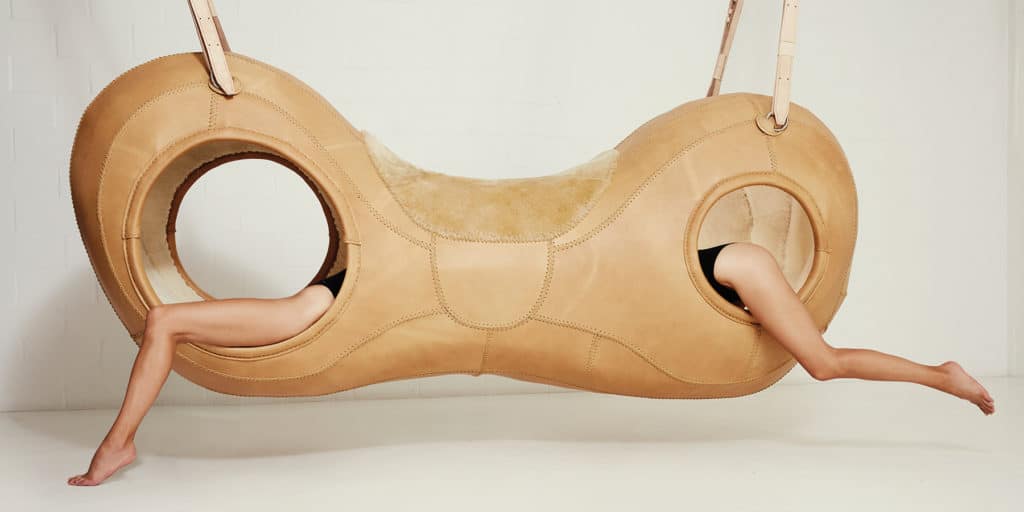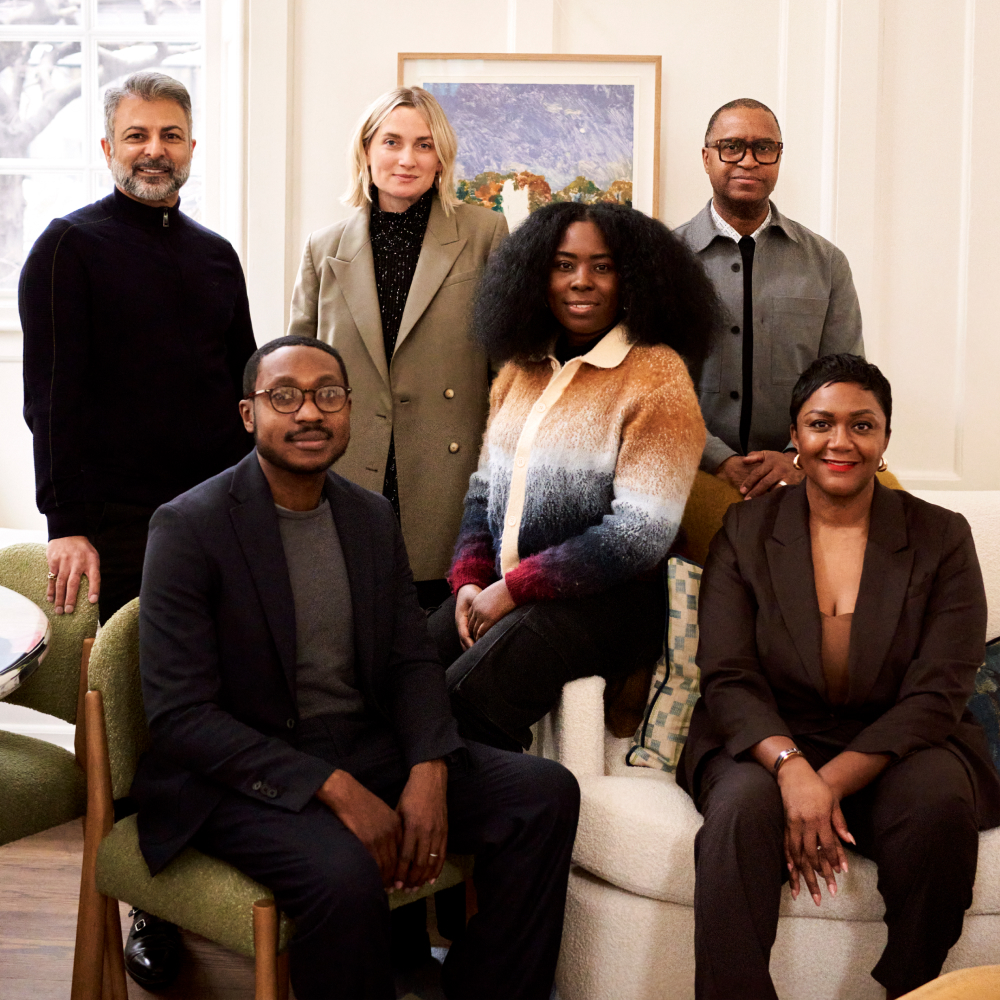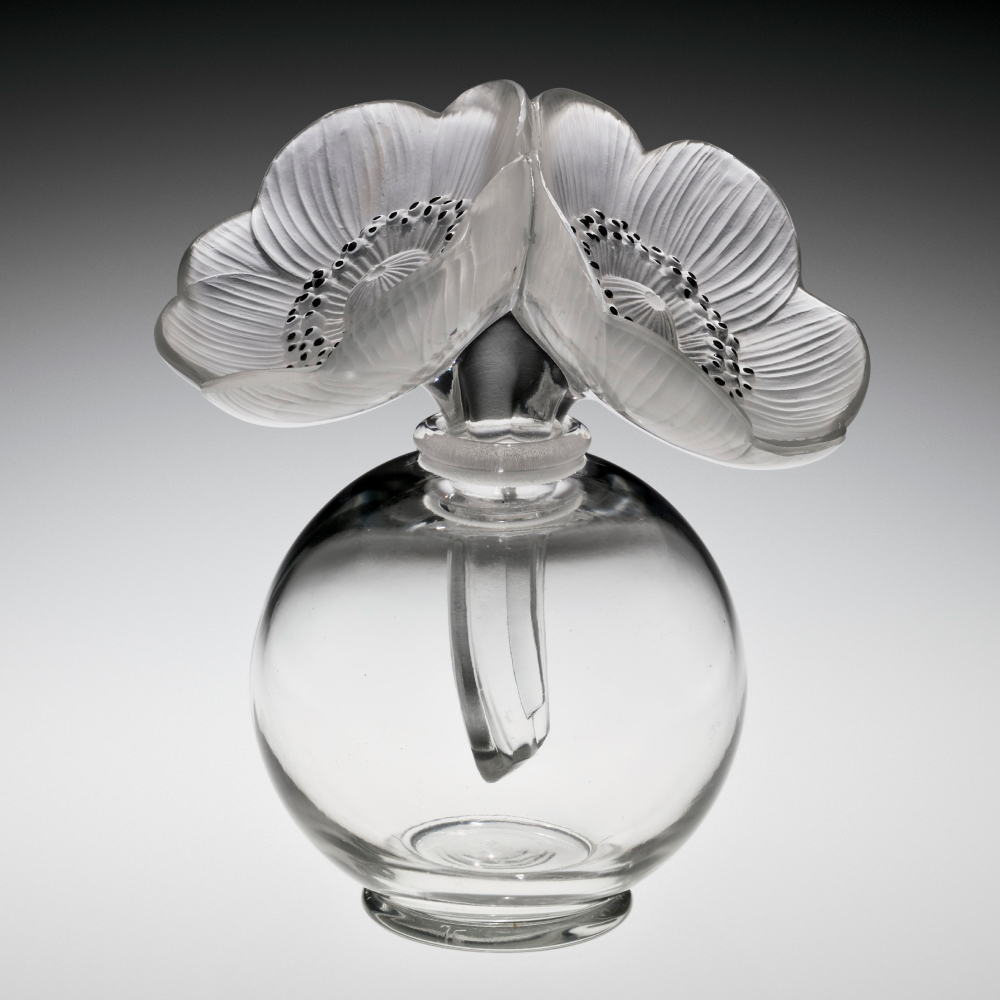
January 30, 2017The gardens that lead to Porky Hefer’s studio, in one of Cape Town’s only remaining 17th-century Cape Dutch houses, are walled and formal. Neat paths travel between small reservoirs designed to capture the rushing streams that pour down from majestic Table Mountain, looming above. Indigenous plants frame the whitewashed studio entrance. And hanging from a tall tree is an enormous black woven nest.
It’s not the work of an extremely large bird. Rather, it’s one of Hefer’s ingenious suspended seats, which draw inspiration — as does much of his work — from the natural world and local culture. Although it is made out of discarded tires, the black nest is woven with techniques used by weaver birds and put together by a skilled Zimbabwean craftsman. All aspects of these nests are handcrafted and sourced locally. (“Will last for 40,000 years,” notes Hefer’s website.)
The combination of the natural and the artificial, the repurposed and the reinvented, and an emphasis on local craft is typical of this South African designer, whose solo exhibition “Heart of Lightness” at R & Company, in New York’s Tribeca in 2017, helped introduce the public to Porky Hefer’s wild imagination. (The show’s title, Hefer says, was a response to Joseph Conrad’s perception of Africa in his novel Heart of Darkness.) The exhibition included a suspended leather “wasp nest” lined in sheepskin, a “leopard branch” for perching on, a hanging woven-cane nest with goggle-like eyes and a giant “hermit crab shell” lined with leather and covered in the distinctively patterned hide of Nguni cows. “You can crawl in and nap there,” Hefer says. “It’s really comfortable.”
The Path Less Traveled for Porky Hefer
Hefer established his reputation for designing inventive, stylish seating at international design fairs like Design Miami, Design Miami/Basel and the London Design Biennale, as well as in shows in Cape Town, London and New York, exhibiting with the South Africa–based gallery Southern Guild.
In some ways, Hefer (the last name is his real one; “Porky” is a childhood nickname) is an accidental designer. He grew up in Johannesburg in a family that he describes as “not at all artistic.”
“They were cum laude everything, spoke six languages and so on, and then I came in with straight Ds,” Hefer says wryly. “I was a bit different.”

At school, he was a serious athlete and considered becoming a professional rugby player. An injury and a spell on crutches put an end to that idea.
While fulfilling the army service that was compulsory for white male South Africans at the time, he was persuaded by a friend to enroll in a graphic design course in Cape Town. “I was always drawing,” Hefer relates. “This friend said, ‘You’ve got to do something with this.’ Eventually, the guy got me stoned and took me to the school and filled in the forms.”
Although Hefer enjoyed the class, he had no idea of becoming an artist. “I was making some artworks at the time, and it was quite interesting, but I didn’t really understand what I was doing,” he says. “I knew I had something but not what it was. I needed to find my medium and my message.”
Deciding to look for a job in advertising, he landed a position as art director at top South African agency Hunt Lascaris, where he thrived at its offices in Cape Town and Johannesburg.
“I think, as a contemporary commercial artist at that time, the nineteen nineties, it was the field to be in,” he says. “There was no other place where you could be so experimental. I really thought about the rules of advertising and how far you could push them.”
Hefer stayed in advertising for a total of 16 years, winning numerous local and international awards. In 1999 he transferred to New York to work as a creative director at Ogilvy & Mather, moving back to South Africa in 2002 to run global operations for an agency in Johannesburg.
By 2007, he’d had enough. “I got married, and I woke up that day with a few big ideas,” Hefer says. “I thought, ‘I’m just going to do them.’” While he had many different ideas and designs in mind at the start, he knew he wanted to focus on creating inventive pieces that were sustainable and made in collaboration with local artisans.

Porky Hefer’s Nests Connect Humanity through Art
One of his early design ideas was for his Cratefans, giant Lego-like figures intended for public spaces and each made out of 2,500 repurposed Coca-Cola bottle crates. It took three years to persuade business executives that the idea was viable, but Hefer, an ebullient figure, is nothing if not persuasive. “My personality is good for that, acting as a go-between in these weird hierarchies of business and creative,” he says with a laugh.
Finally, two enormous figures — 54 and 65 feet high, respectively, and weighing around 25 tons each — were erected in Johannesburg and Cape Town for the 2010 soccer World Cup. (During the 2012 Olympics, the Cape Town Cratefan sported a gold medal.)

The idea to create nests further tapped into his interest in recycling and reusing while also providing an outlet to explore his passion for nature. The nests, suspended cocoon-like seats made of woven materials, rely on close observation of birds.
“When a bird makes its nest, it’s about his size, ability and the location’s relation to predators and food,” Hefer explains. “And birds are adaptive. They use whatever they can find, man-made materials too, which gave me the idea of using truck tires, package strapping and other discarded elements in the seats. The materials I used had to be recurring and sustainable, and I had to be able to get them easily.”
To create the nests, he began working with trained weavers at the Cape Town Society for the Blind, experimenting with cane and other materials and employing different weaver bird techniques.
The South African designer also collaborates closely with a Cape Town leather company, Woodheads, using leather offcuts that are woven into hand-fashioned cocoons and lined with sheepskin. “It’s all about the craft and the skill — local skill,” he says. “That’s also a resource that will disappear unless we use it. These days, we like computers, and we ignore the skill of [making] handcrafted objects, but I am interested in the human, in the knowledge and experience of the craftsman.”
And when thoroughly inspecting one of his nest creations, it is easy to see the intricate detail and craftsmanship that goes into each piece.
It’s also apparent that an urge to subvert expectations and redeploy conventions characterizes Hefer’s oeuvre. “His work comes from these different worlds, big business and nature, so his perspective is skewed in a different way from that of someone who is purely a maker of things,” says Zesty Meyers, one of the founders (along with Evan Snyderman) of R & Company. “His work is creative and playful, and it doesn’t respond to a need. As in advertising, it creates the need.”

The R & Company show also revealed a number of new initiatives for the designer, including his first abstract piece, which looks like a large peanut or giant aviator goggles. It is made of soft leather and lined with sheepskin, but the piece, called James Brown, does not have defined seating. “It’s big, and it can and should fit two people inside, but you can also sit on the outside,” explains Hefer. “Even a young bird must sometimes explore and get out.”
Another piece to perch on is his Leopard Branch, designed to be fixed to a wall as high up as you like. “We humans used to have a lot of predators from above,” Hefer notes humorously. “Now we don’t, so we don’t look up. I’ve overheard people having conversations about me while I’m sitting up there.”
For added comfort, Hefer has installed a saddle seat on the branch, made by saddle manufacturers located near a Cape Town racecourse. “The skill they have is amazing,” he says. “I’m now thinking about creating saddles for all sorts of other things.”
These pieces — quirky, ingenious and inventive — are, Hefer says, all about connection to the human, to the natural world and to our natural instincts. “I strongly believe in being very conscious of your own influences, in what makes you unique, and not worrying about trends. I think you can see that in my work. It comes from its own world.”


